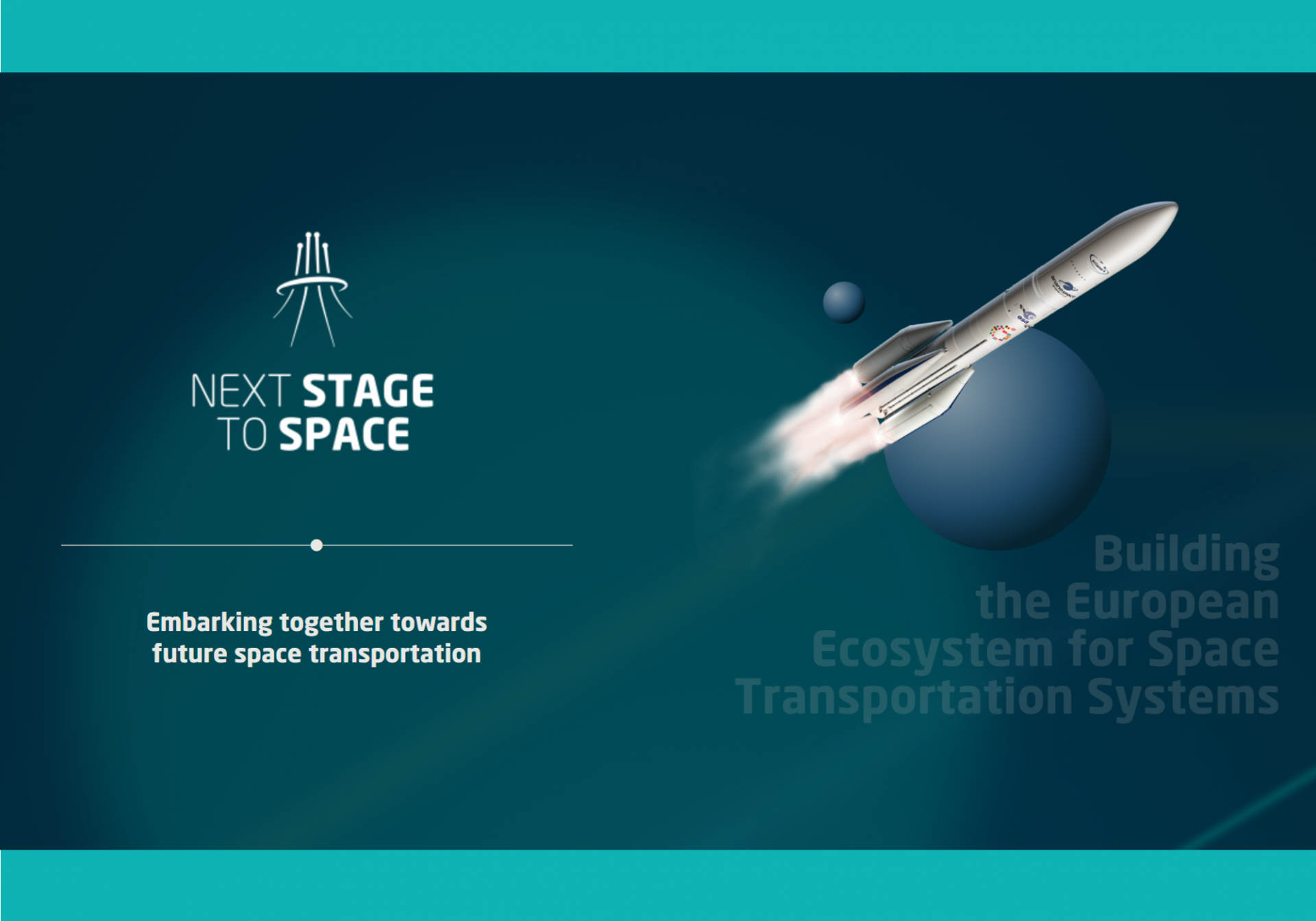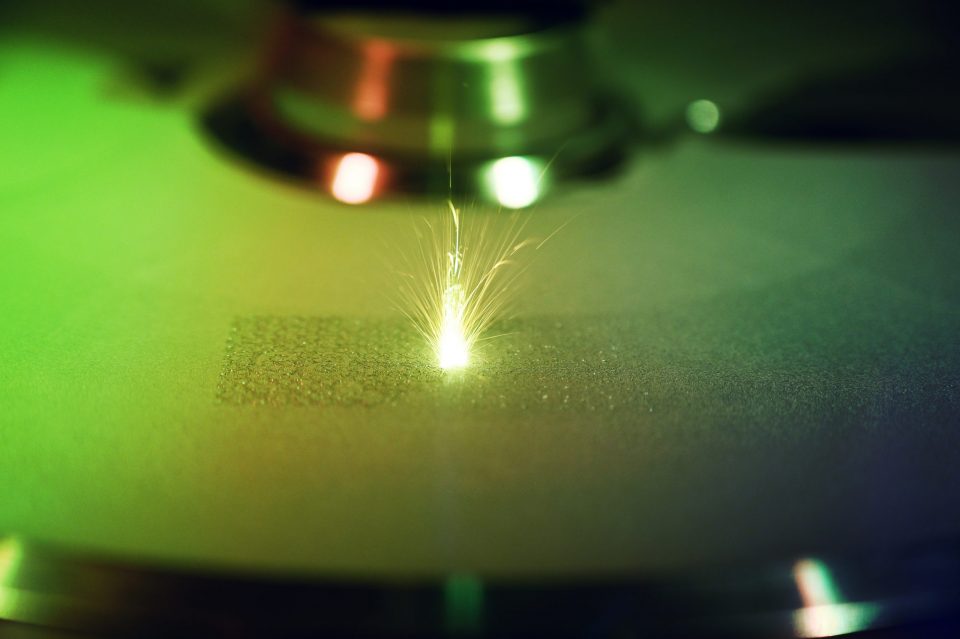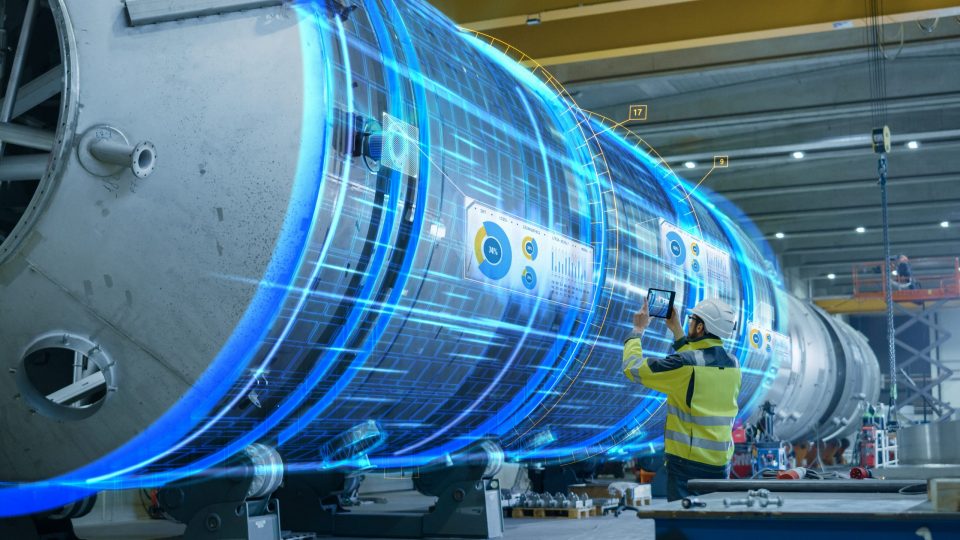


30/11/2023
What an achievement! nebumind has been selected for 2 out of 6 Next Stage to Space projects initiated by the European Space Agency – ESA. We are looking forward to working together with MT Aerospace on the topics “Optimized production in additive manufacturing (DED process)” and “Augmented Reality based process visualization, manufacturing and training”.
The European Space sector is transforming quickly to allow a more and more competitive access to Earth orbits and beyond, serving advanced science, exploration and commercial applications to bring the benefits of Space to our society. To further increase the return of investment in Space, the European Space Agency, together with its Member States, supports entrepreneurs with the ambition to exploit space technology or utilise space systems in non-space markets, or become suppliers to the space sector, e.g. by exploiting non-space technology in the space market.
The primary objective of Next Stage to Space Project is funding European Space transportation ecosystem, to diversify sourcing for innovation, that can ensure the competitiveness of space transportation applications. Next Stage to Space will help to achieve the following space transportation objectives:
Six pilot technologies in promising fields of innovations had been identified by the Large Space System Integrators, ArianeGroup and MT Aerospace AG, that entrepreneurs, start-ups and SMEs could pitch their value propositions for:
nebumind has been selected with its data analytics software for the following two pilot technologies:

Additive Manufacturing based on Directed Energy Deposition (DED) is a technology that has tremendous potential for optimisation of product design, supply chain management, flexibility and cost savings of large-scale aerospace parts. However, process development, quality optimisation and setting up a stable series production requires big efforts in both cost and time.
Systematic data acquisition and processing of all data that can be determined in additive manufacturing (e.g. process parameters, machine data, monitoring data, up-stream simulations) will result in a complex database. Within that database, all kind of information dependent on the various influencing factors of the process will be available. The classical approach of causal analyses for process optimisation, development of new materials and stabilisation of series production will be both cost and time consuming. To overcome these challenges, pattern recognition can replace causal analysis for improved processes. Furthermore, to develop that advanced and efficient way of data handling, various sub-areas of AI research (especially machine and deep learning) shall be used.
Use of various sub-areas of AI research (especially machine and deep learning) for the efficient use of all kinds of process related data will provide the following benefits:

Production planning and product realization in aerospace and launcher production is a complex set of production and planning processes and a mixture of manual and automated operations to meet high technical and/or quality requirements. Especially in such an environment it is mandatory to have all planning, controlling and quality processes transparent and understandable for all personnel involved. It is a large effort to manage all technical and quality requirements and planning by hand or based on unfiltered data. A clear overview about the whole process chain is needed. The objective is to give production planners, managers and workers a visual help for their data based daily work. Augmented reality can underline an efficient way of working in a digital factory.
Visualization of data and information on processes gets more and more important. Implementation of augmented technology will support people to understand and use product-, process- and quality data for their daily work. Also augmented visualization can help workers and engineering personnel to do their jobs more accurately and efficiently. The involvement of AZO with its network of highly innovative StartUps/SMEs is expected to give the development of augmented reality solutions in space industry a fresh view and good perspective.
The digital content will be available to employees / customers along the whole life cycle such as for production, service, training etc. Visual instructions can be more easily adapted by semi-skilled employees. Thus fluctuations, temporary employment and task diversity lead to an optimized utilization:
Once again the projects show the broad applicability of our digital twin software, always with the goal to support manufacturers in digitizing their productions. The two projects will last one year each, stay tuned for updates and the final outcomes of the two projects!
Caroline Albert